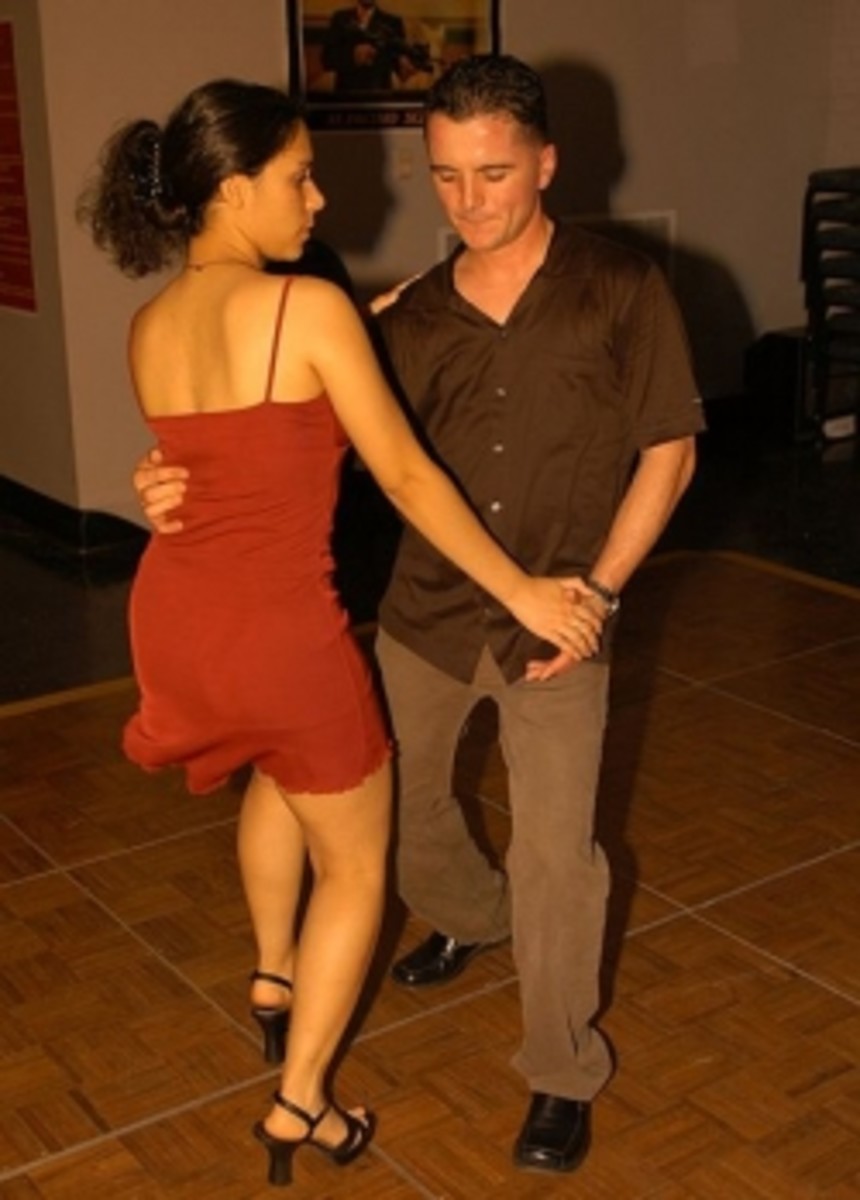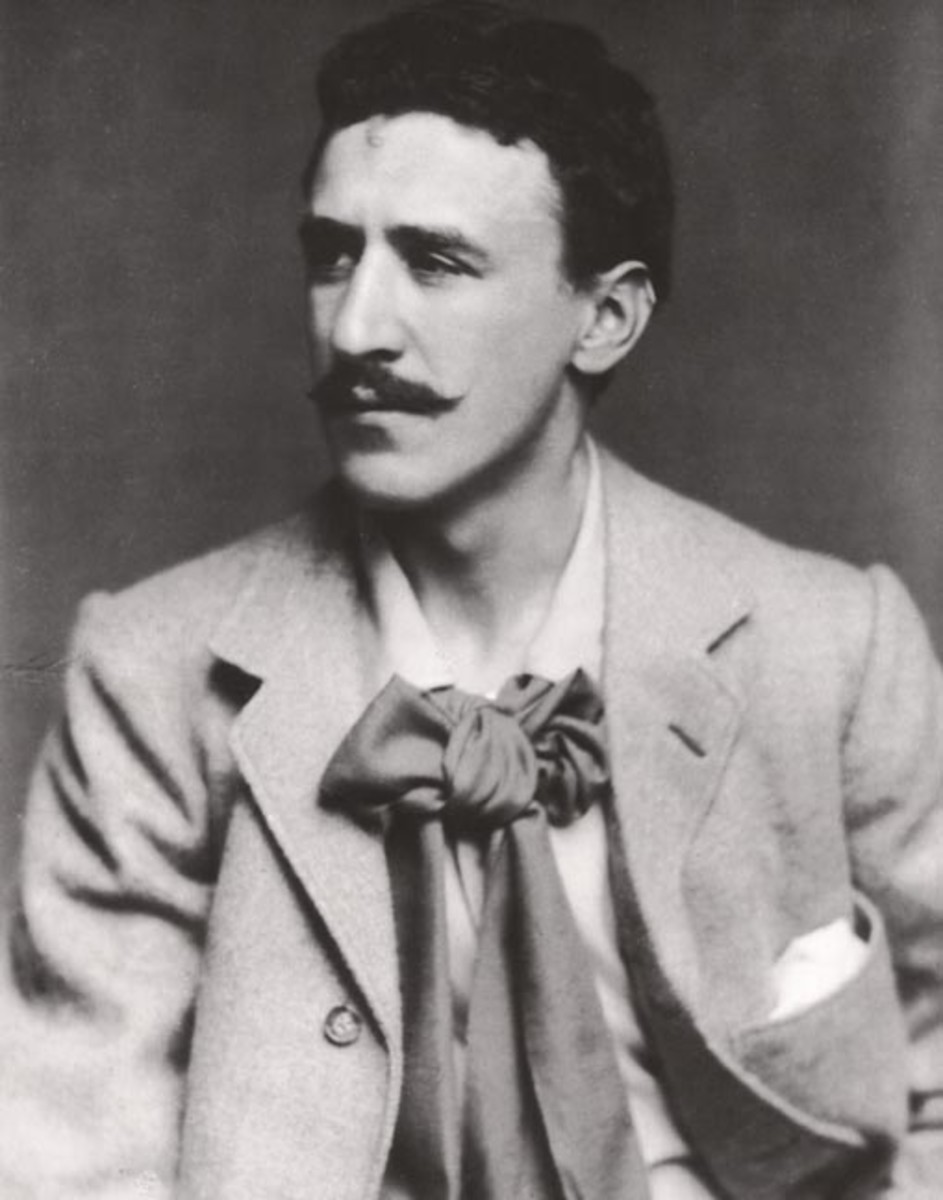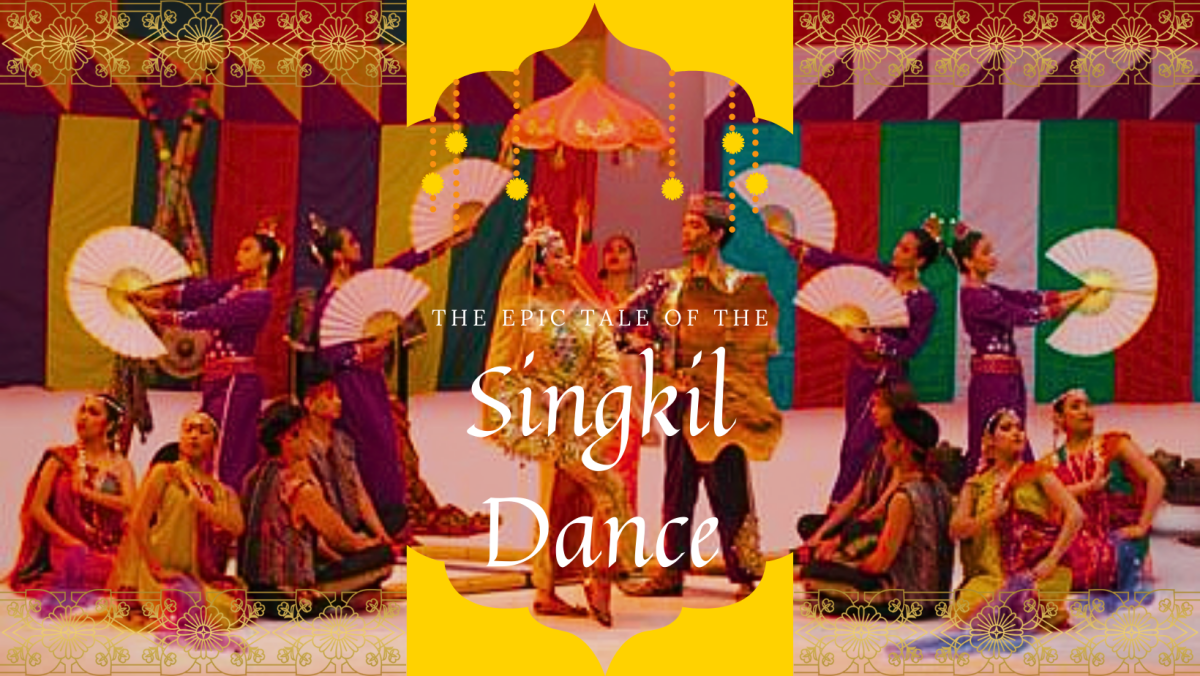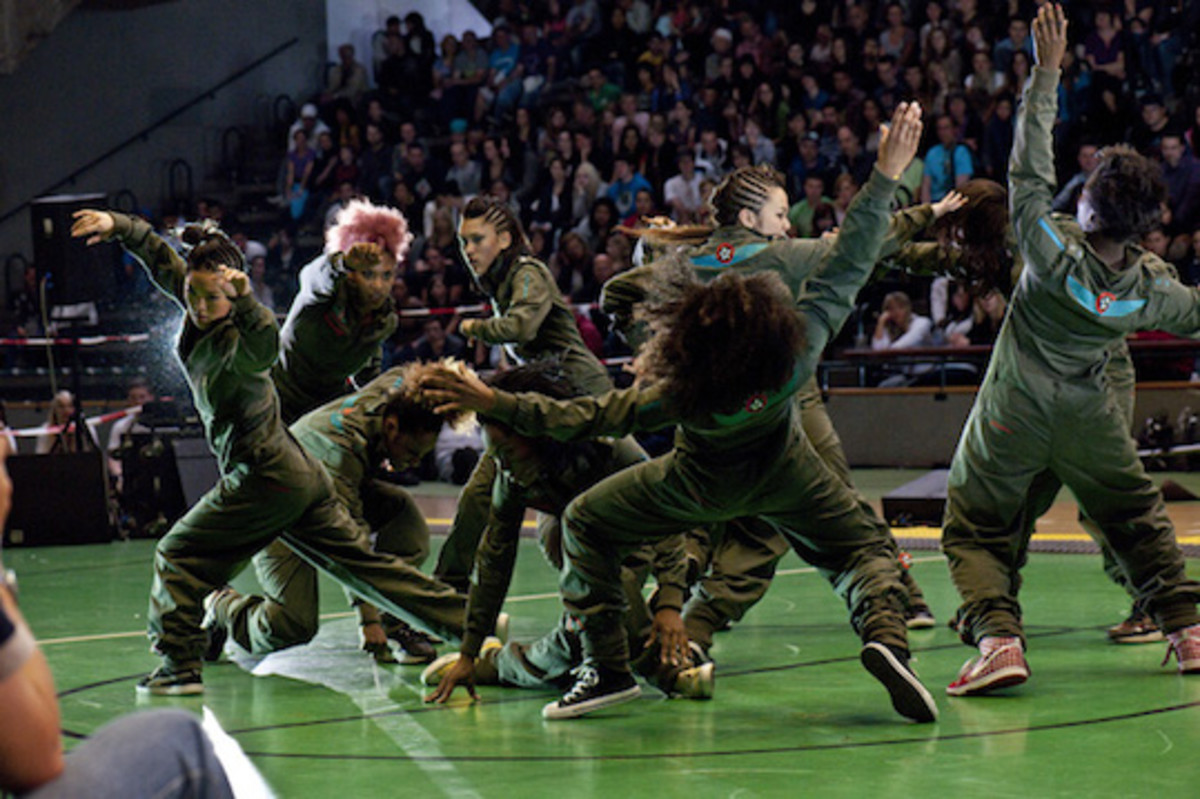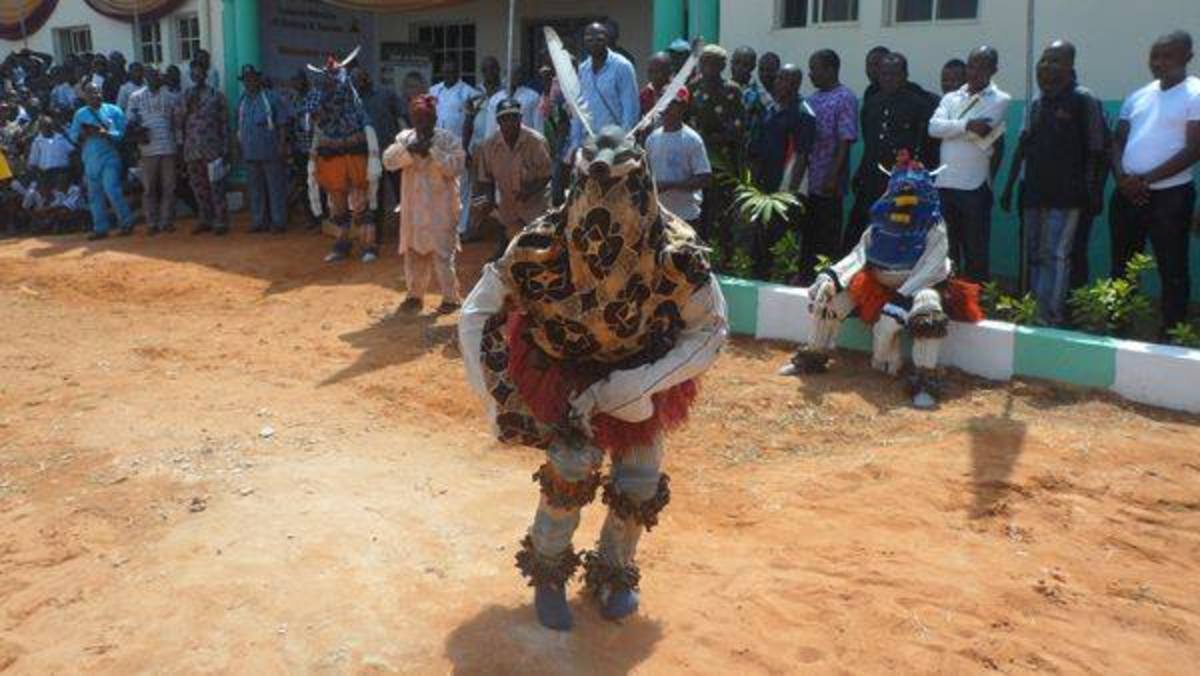Your Fairy Godfather’s Guide to Social Dances with Beginning Lessons
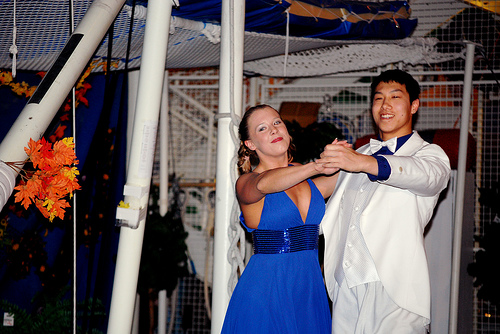
© 2012 by Aurelio Locsin.
I would never be so declassé as to reveal my true age. But in my day, dancing was designed to bring people together. Sadly, since the late 1960s, the practice has devolved into barriers designed to keep the genders apart. These solo gyrations keep their partners at arm’s length, perhaps so the dancers can better text their friends rather than interact with each other.
Well, darlings, there are still occasions that demand the genteel art of interacting through movement such as weddings, anniversaries and any formal celebrations. So you’d best be familiar with the basic steps lest you remain wall-flowered in a corner when the time comes. I shall wave my magic mouse so my fairy helpers can show you exactly what I’m talking about.
Foxtrot
This is the movement that pays homage to ballads and other slow romantic tunes while keeping you close to intended. The more adventurous among you with melodious pipes may attempt singing as your whisk your partner around the ballroom floor.
The dance is important as a foundation for many types of social dancing. You may actually perform this 20th century invention to music that plays as fast as a medium tempo. Any faster,
Swing
This quicker version of the foxtrot showcases separations, individual turns, complex leg and arm movements, free invention and syncopation. The variations are designed to accompany the more upbeat jazz-based stylings that began in the 1930s and continued into the rock-and-roll of the early 1960s.
The dance transformed into many varieties including the shag, East Coast Swing, West Coast Swing and jitterbug. Ladies, skirts going from the knees up to the middle of the thigh are Apropos to the movement. But do wear appropriate undergarments if you intend on spreading and kicking your lower limbs. Gentlemen, for the swing, you are lucky to be able to wear anything from short-sleeved polo shirts to jacket-and-tie.
Latin Dances
America’s growing Latino population heralds the appearance of South-of-the-Border dances on festive occasions. Though tempos can vary from sensuous to speedy, these movements are characterized by pronounced hip swaying to a strong beat. Brevity compels me to only touch upon these delightful selections.
- They include the slow rumba which originates with the African slaves of Cuba;
- The faster salsa, also from Cuba, but with influences from many Latin-American nations;
- And the cha cha, a simplified version of the mambo, which hails from Cuba and later, Mexico.
Ladies, emphasize the short in skirts, shorts or pants to highlight your hips with these styles.
Waltz
In the 19th century, this dance scandalized polite society because it brought strangers waist-to-waist. Today, it provides a way of getting physical in a socially sanctioned way in three-quarter time. Done masterfully, the waltz allows whispered and private conversation among couples, and yet provides a graceful performance for approving relatives and friends.
Ladies, should you have occasion to get invited to affairs featuring the waltz, prep with a long flowing skirt that can gracefully mimic your movements. If you risk a short skirt or, heaven help us, pants, the spindly legs of you and your partner will make you look like an ungainly baby giraffe just learning to stand. Gentlemen of class can celebrate their interaction by wearing a formal suit or a tuxedo.

